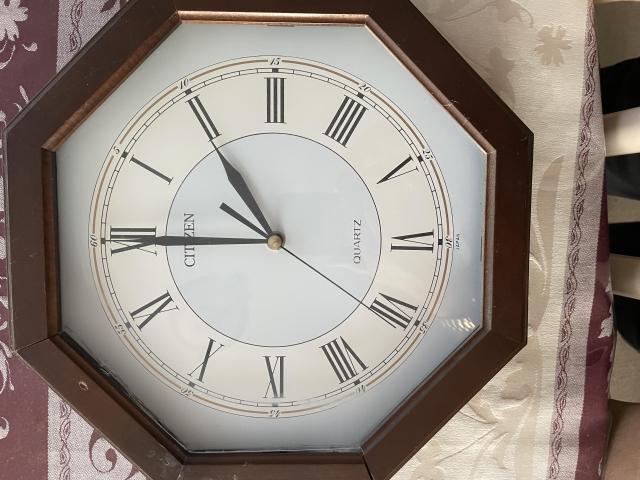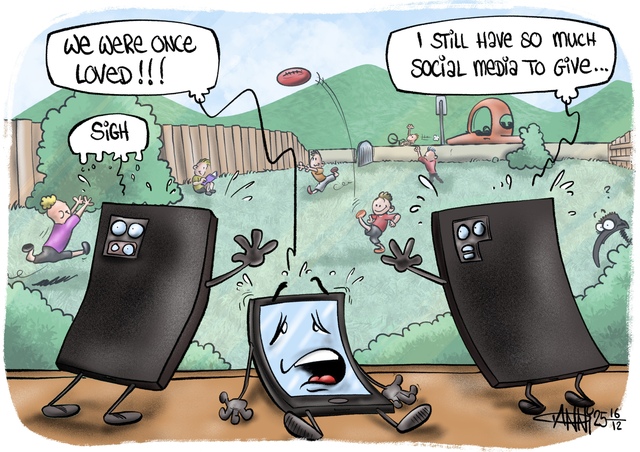War origin
The practice of daylight savings was purposed to save energy during the First and Second World War. It would be introduced permanently in the last 60s and early 70s in the South Eastern States. It helped ease the load on the energy network while also giving the public an extra daylight through the summer.
Different time zones
Australia’s far warmer and tropical States never took up daylight savings for various reasons, but the predominately reason was the heat made people prefer to not have a few hours of extra sun. A referendum to introduce day light saving in Queensland failed. For a large part of any given year you will have to change your time back or forwards by an hour between the border of NSW and Queensland even they are in the same time zone.
Bad and Good
The jury is still out on the consequences of daylight savings on the public. On the one hand, experts say it is detrimental to our body clock and circadian rhythm, which research increasingly shows these factors can have serious effects on health if thrown off equilibrium even slightly. On the other hand, it has proven to save energy, enough to prevent a far from insignificant amount of emissions each year while giving a level of safety and social benefits with extra daylight in the evening.







